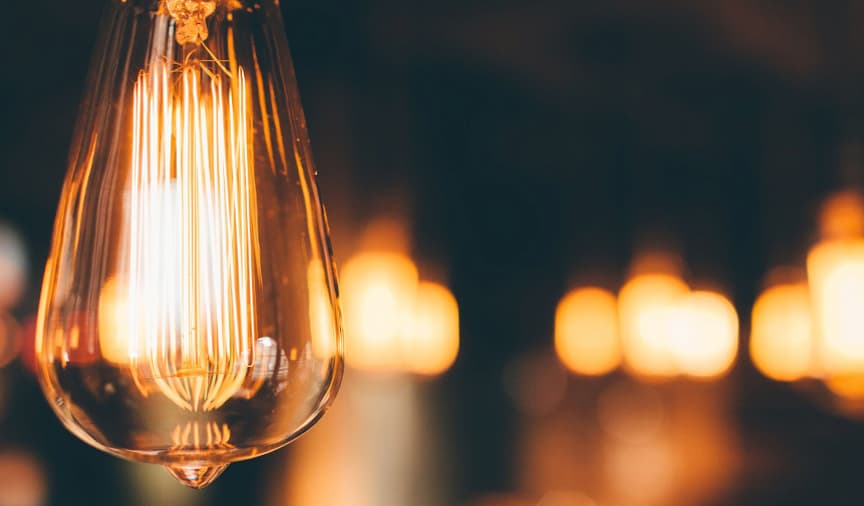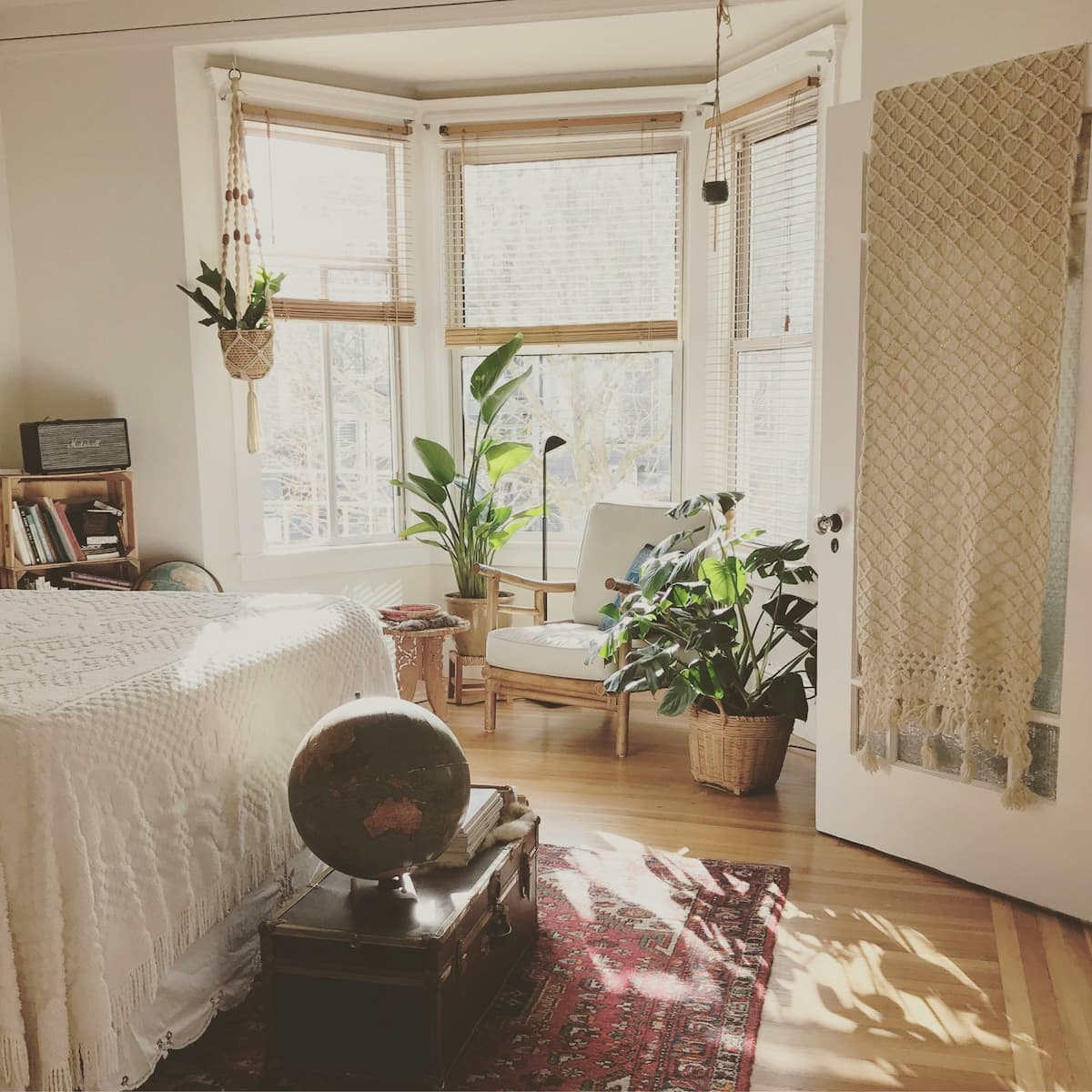The benefits of energy-saving light bulbs

Incandescent and inefficient halogen light bulbs are being gradually phased out of the market, with energy saving bulbs stepping up to the plate. This new generation of light bulbs shine brighter, last longer, and reduce the amount of energy that’s required to power them. They’re an efficient everyday solution, lowering your electricity bill and helping you to get more out of a common household item.
Let’s explore the various benefits of energy saving light bulbs and how you can choose the right one for any location or setting in your home.
What are energy-saving light bulbs?
Energy saving light bulbs (or energy-efficient light bulbs) last up to 12 times as long as traditional bulbs, using less electricity to emit the same amount of light as a traditional bulb. They’re an energy efficient option, helping you to reduce the carbon footprint of your home. The most common energy saving light bulbs are light emitting diode (LED), compact fluorescent lamp (CFL) and halogen incandescent.
For a long time, the biggest downside of energy saving light bulbs was the type of light they produced. Cold, harsh and ultra-bright, energy saving light bulbs only came in sterile LEDs that took the warmth out of a room. However, things have changed considerably since LEDs first hit the market, and there’s now a huge assortment of warm, soft white light bulbs to choose from.
In addition, one of the major complaints around energy saving light bulbs concerned the time it took for them to get bright enough to light up a room. This is no longer an issue, with LEDs and halogens coming on instantly, although some CFLs still take a few minutes to reach maximum brightness. In any case, there are plenty of reason to make the switch from traditional lightbulbs to energy saving lightbulbs.
How to choose the right energy-saving light bulb
There are three factors that go into choosing the right energy saving light bulb: type, lumen value and colour.
- Type: The type of energy saving light bulb you use is largely determined by where and how you’ll use it. For general and outdoor lighting, stick to LED or CFL lights. Spotlights and crystal chandeliers utilise LEDs, while dimmable lights use either LED or B-rated halogen light bulbs.
- Lumen value: Traditionally, we’ve always used watts to determine the brightness and power generated by traditional light bulbs. However, because low energy light bulbs use significantly less wattage in order to run, watts aren’t a practical way to measure brightness anymore. Instead, the light bulbs lumen output provides an accurate idea of how bright your energy saving light bulb will be.
Use the following table to identify the brightness (in lumens) that you need by comparing it to a traditional light bulb.
| LED / Energy-saving lightbulb | Traditional lightbulb |
|---|---|
| 220 lumen | 25 watt |
| 400 lumen | 40 watt |
| 700 lumen | 60 watt |
| 900 lumen | 75 watt |
| 1,300 watt | 100 watt |
Colour: The colour of your bulb is up to your personal preference. For more natural light, consider energy saving bulbs that are described as soft or warm white. For spotlights, garages or areas that require more light than usual, use cool or pure white low energy light bulbs.
How much money can you save with an energy saving light bulb?
For the average home, energy saving light bulbs can <a href”/energy-advice/energy-saving/how-to-save-energy-at-home.html”>save about £35 a year, as well as 120kg of carbon dioxide. Families can expect the savings to increase as electricity becomes more expensive and energy saving light bulbs become more affordable and longer lasting. Although this doesn’t factor in the cost of actually buying and replacing individual filament light bulbs, you can be sure that in the long term, energy saving light bulbs can help to save you money.
In addition, energy saving light bulbs are incredibly long-lasting. If left on for 12 hours a day, most can last for a whopping 11 years without needing to be replaced. This is in stark contrast to traditional bulbs, which rarely last longer than a year.
Are energy-saving light bulbs worth the switch?
Undeniably. Although they still cost slightly more than traditional halogen and filament bulbs, they last much longer, are cool to the touch and generate significantly less carbon dioxide. A home that primarily uses energy-efficient bulbs will save money in the long run. Combined with other methods of energy management, such as smart meters and home insulation, you can reduce your energy consumption while drastically cutting your utility bills by making use of energy saving light bulbs.
We Beat or Match Any Quote
Call 0330 912 4843 and we’ll beat or match any quote.
Serious About Service
24/7 claims support & rated Excellent on Trustpilot
Cover Match Guarantee
Get a £50 gift card if you find something we don’t cover
All Gas Boilers Covered
All makes and models, regardless of age


